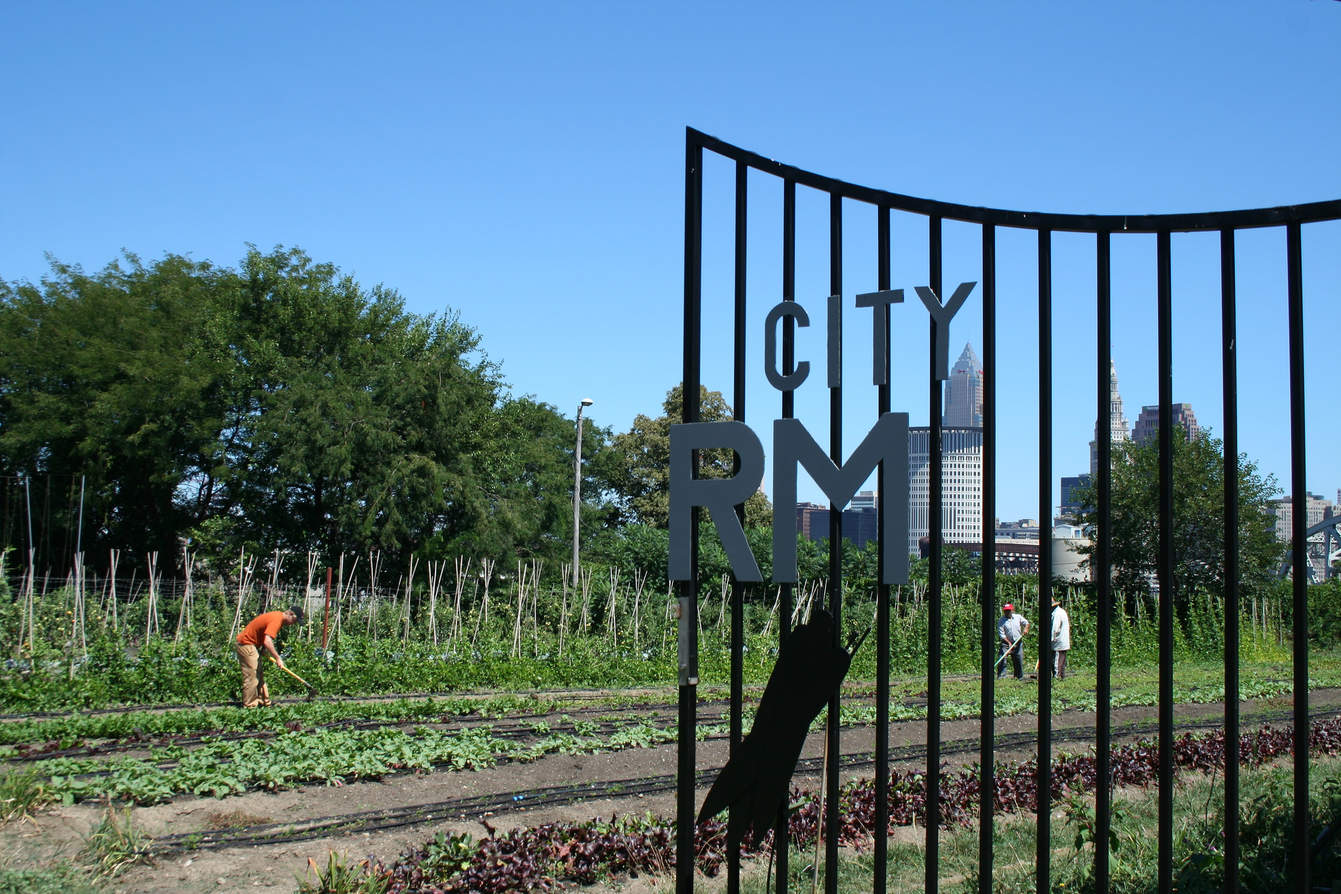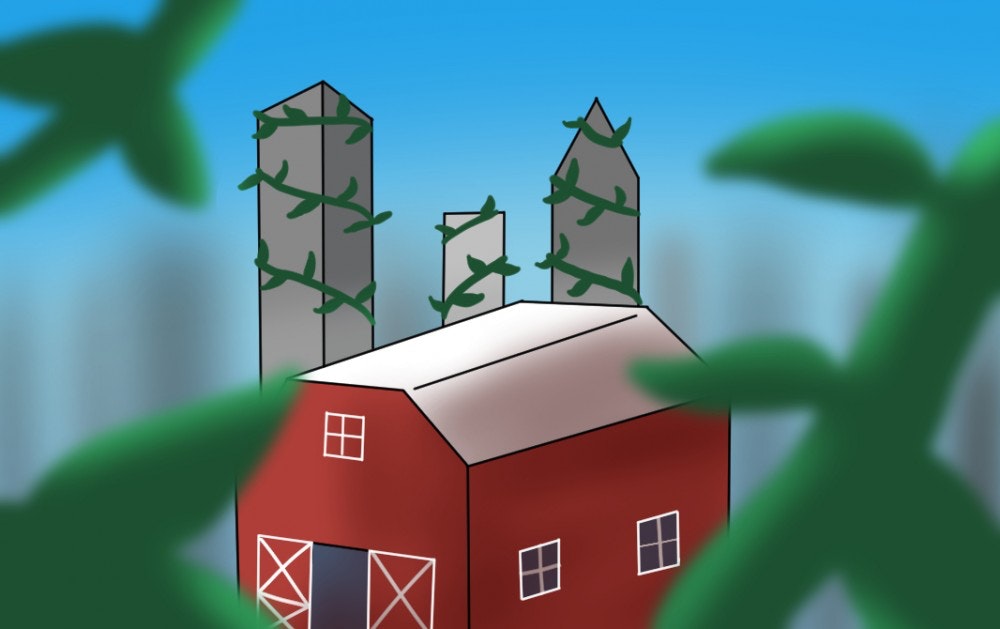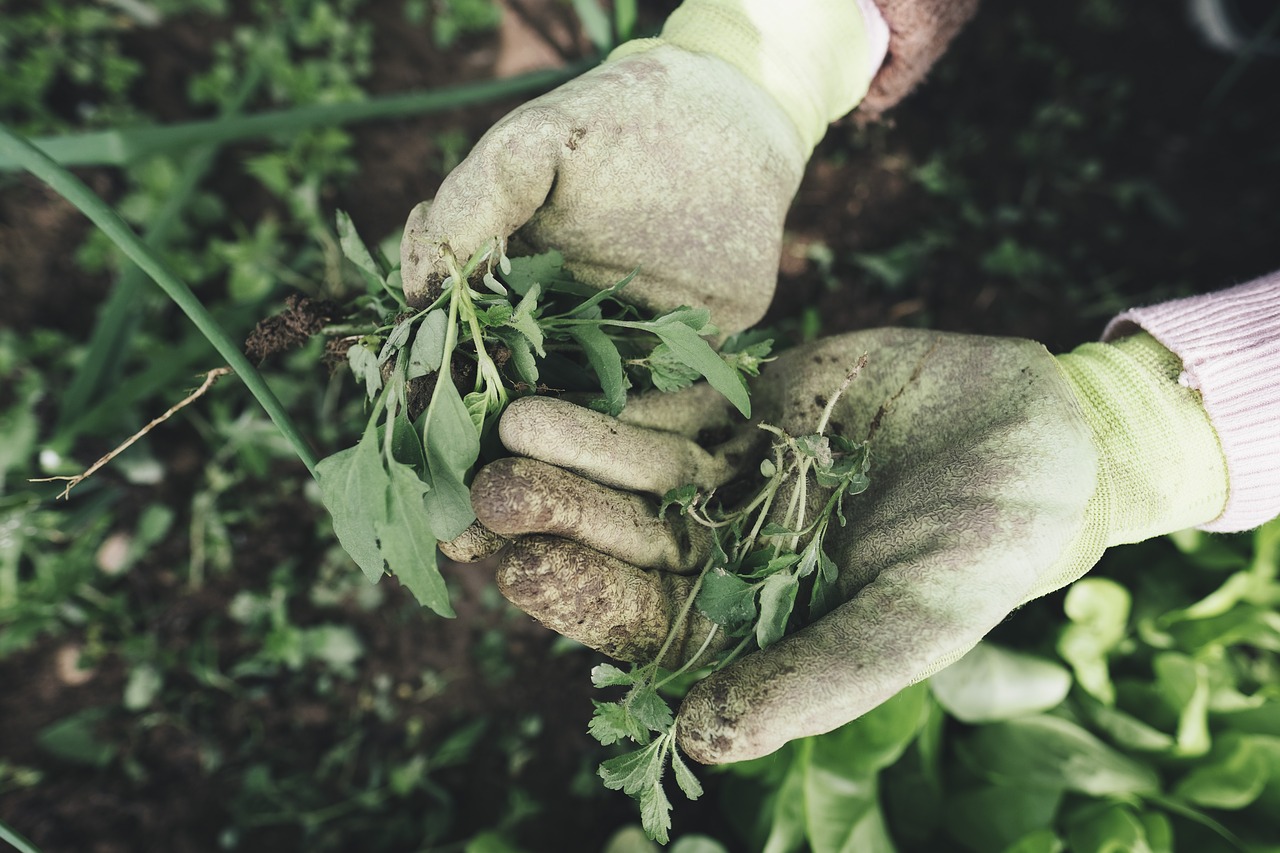
Spring is the short, simple title we give to the complex and drawn-out awakening of the natural world after winter dormancy.
We declare the season underway next week, but the natural stirring has been going on for some time, although probably unnoticed unless you grow camellias or witch hazels or keep honeybees. The process of rebirth lasts well into May, when most trees have finished unfurling their solar panels.
The most evident aspects of the season — the warming temperatures, the longer days, the arrival of the cherry blossoms — have a way of exciting those among us who are least connected to the cycle of life forces at play.
Why should these phenomena even register, you ask? Phenologically, we may be the one species on the planet that is the farthest removed from the spring. We don’t have babies just during lambing season or grow hair only after the vernal equinox or mark spring by growing a new pair of antlers.
READ THE FULL STORY at WashingtonPost.com
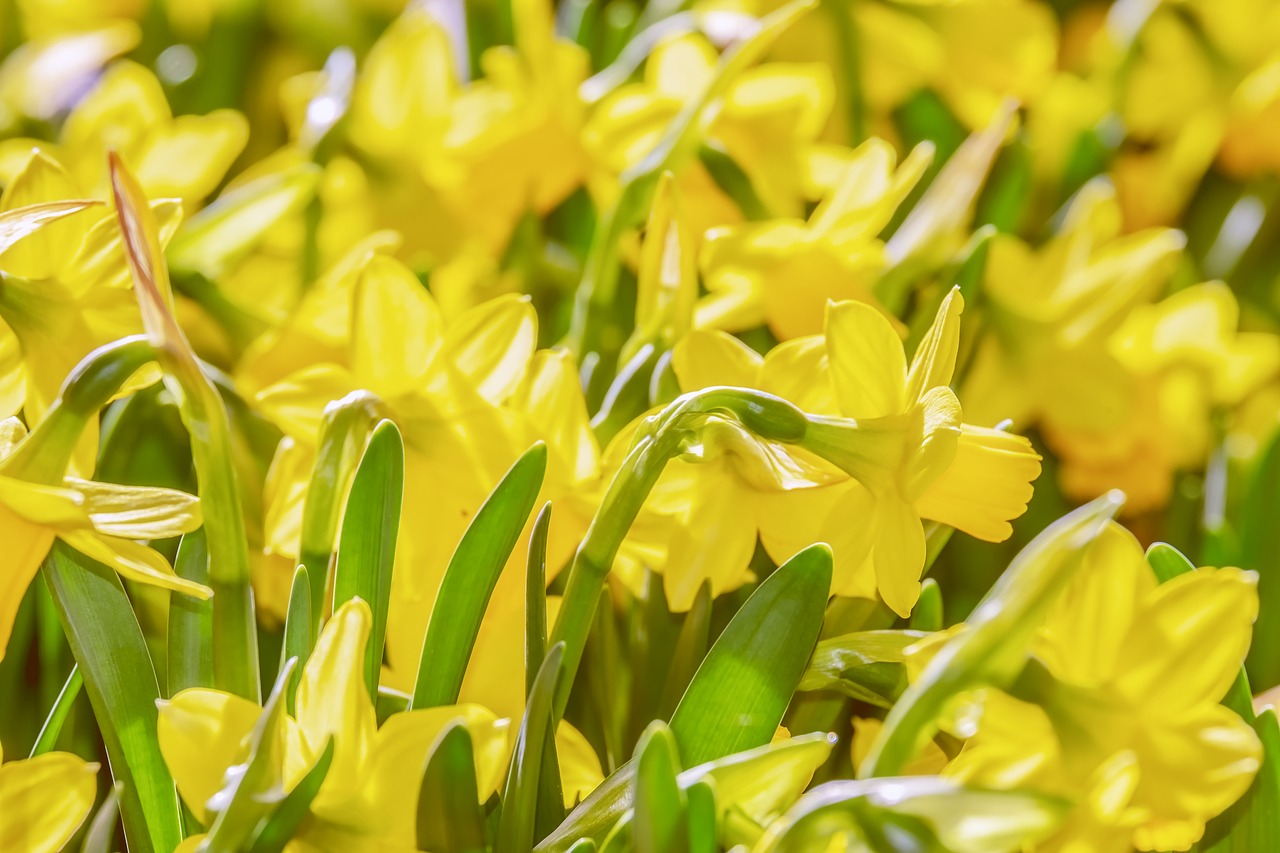
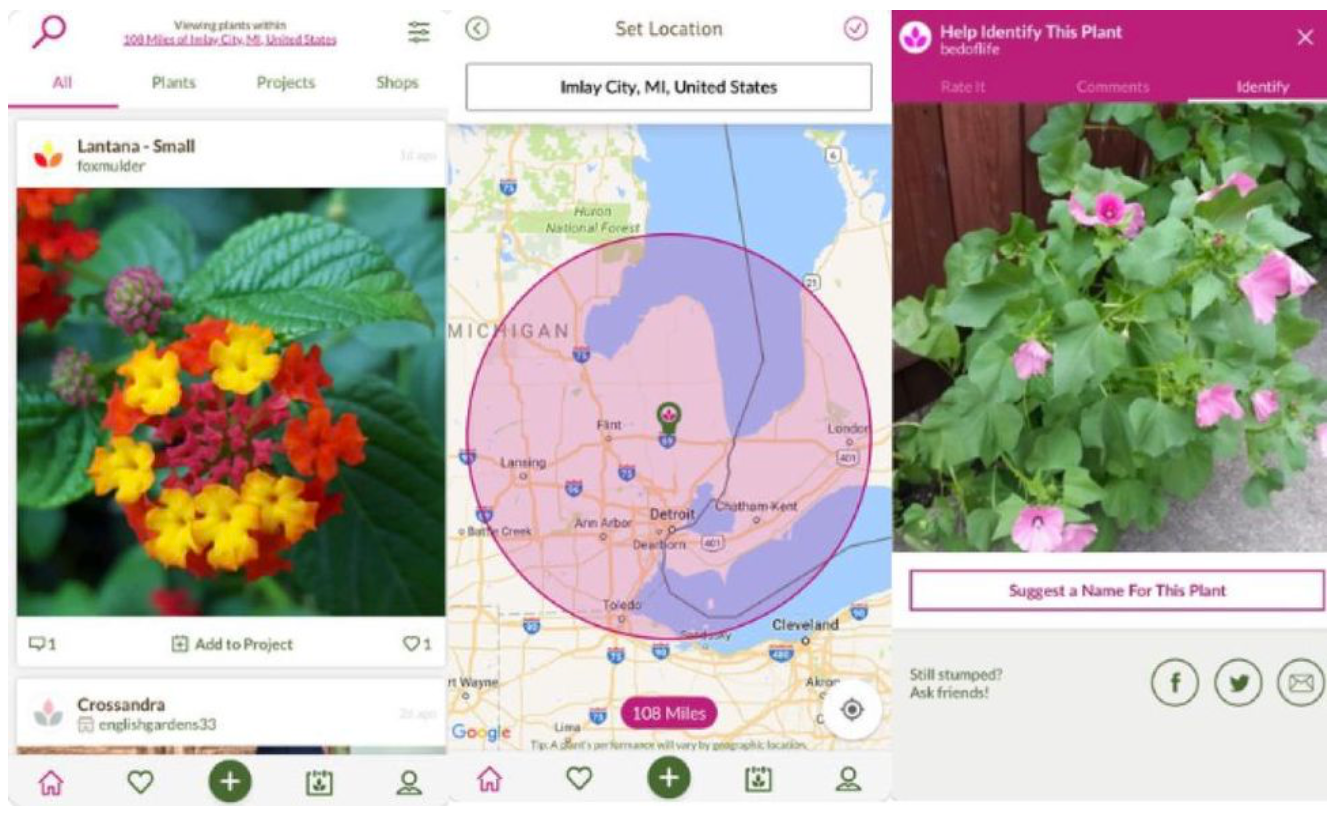
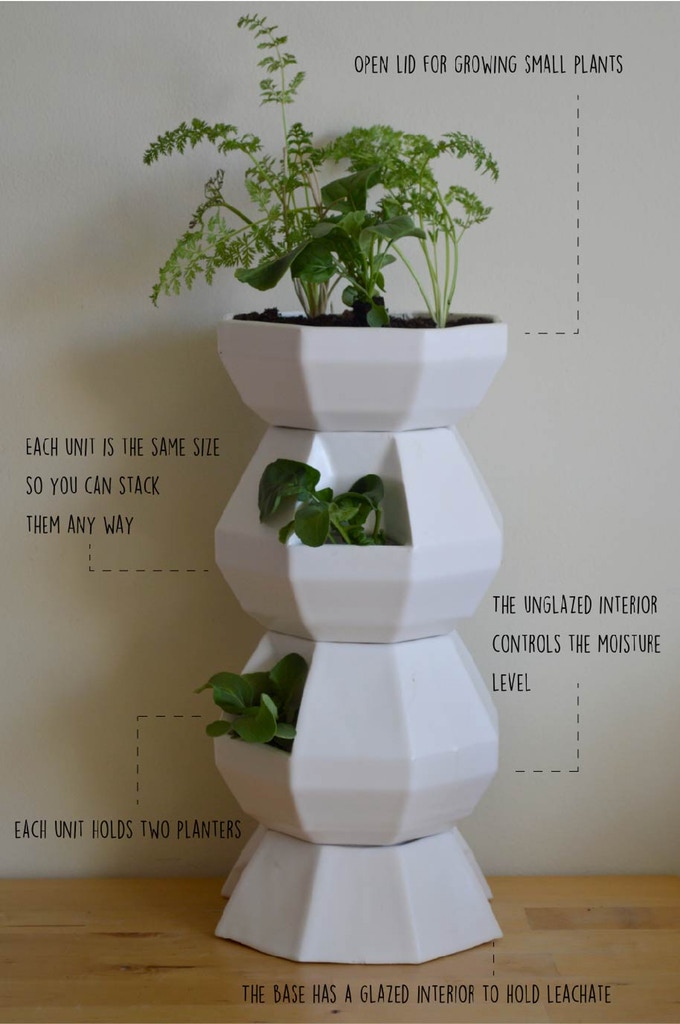 Compottery is a simple solution for reducing household food waste while growing fresh produce. This happens through a process called Vermicomposting.
Compottery is a simple solution for reducing household food waste while growing fresh produce. This happens through a process called Vermicomposting.




